Water blaster can be a great tool to have around the house. They make light work of dirty driveways and can get your weatherboards looking as fresh as they did when the house was built. But not all water blasters are created equal
From small battery-powered options, to commercial grade petrol models, the features and power on offer differ. And getting the right model for your needs is important. If you go overboard, you’re spending unneeded dollars. Underdo it, and those tough to do jobs will stay tough.
So, which water blaster is best for you? Canstar takes a look.
What to consider before you buy
The main thing to consider before you buy is what you are going to be using the water blaster for. The water pressure of your model (measured in psi) is the main focus when deciding if it’ll be right for your needs. If it’s just some tidying up around the house, a low-psi water blaster will be fine. If you have a long driveway or a heap of pavement, you may want something a little gruntier, to make the job a bit more seamless.
Water blasters come in battery, electric, and petrol motor options:
- Battery models are convenient and portable, but tend to be less grunty. They tend to only run for a short amount of time (15-20mins) and have significantly less power (often a psi of only around 300). So these are only good for small jobs, such as cleaning windows or washing down bikes and outdoor furniture.
- Electric models offer more grunt and are good for all domestic jobs. These are more or less your standard water blasters, good for household jobs, as well as cleaning grime off concrete and houses.
- Petrol models are the most grunty and can do tough jobs with ease. High-power models are popular for commercial use. However, some models may be appropriate for tough jobs around the house.
Some extra things to consider with a petrol model are:
-
- Fuel, oil and maintenance costs
- Noise
- Ventilation (petrol models emit exhaust fumes)
What to look for
Some of the things to look for when buying a water blaster are:
Ease of use
Get a feel for the water blaster. Make sure it’s not too large or heavy for you. Also, consider the design: is it easy to change settings or will it require you to stop what you are doing and fiddle around with it? For example, some water blasters have a digital display on the gun handle that allows you to control the pressure without the need to put the gun down.
Furthermore, are the wheels and handle on the cart of good quality? You’ll likely be moving around the cart a lot, you don’t want it tipping over or struggling to roll smoothly.
Efficiency
Most summers in New Zealand, we face some level of water shortage, so being responsible with water use is important. While all water blasters are more water-efficient than your standard garden hose, the efficiency does vary between models.
Keep in mind that this doesn’t only include the water flow rate, but the psi too. If your water blaster has a low flow rate, but a low psi too, it may take longer to clean. If you’re running your water blaster for longer, it may negate any water savings the machine is making.
The bells and whistles
A water blaster should include a variety of nozzle heads and different spray options. Make sure your model has enough features to cover all the different jobs you plan to tackle. Some even come with the ability to add detergent into the water-flow, or job-specific extensions, such as for unblocking drains or cleaning cars and bicycles. Are these something you’ll need?
What to look out for
There are a few extra things that you need to consider before making your purchase:
A PSA on psi
While the water pressure (measured in psi) is the number that water blaster manufacturers like to flex, the water flow rate (litres per minute, or, l/pm) is what really determines how effective a machine will be at cleaning.
If you have a lot of pressure, but not much water, it’s not actually going to clean a whole heap. And, conversely, a high flow rate with low water pressure will end up turning your water blaster into a fancy hose.
Quite simply, the psi isn’t the whole picture. Two models may have the same psi, but if one has a substantially lower water flow rate, it won’t do the job as well.
Simply, the greater the water flow, the more efficient the cleaning process. And if it takes less time to do a job, you could potentially reduce your overall water usage.
Added costs
If you choose a petrol model, you’ll need to consider things such as petrol and oil and maintenance. If you choose an electric model, you’ll need a good extension cord. This can’t be a cheap one you get for a couple of dollars, instead you’ll need a heavy-duty one designed for outdoor use.
Overdoing it
Domestic water blasters can’t run all day. At most, you might get a couple of hours of continued use. After that, the water blaster will essentially overheat, and you’ll be required to give it a rest.
Most low-end water blasters use an air-cooled pump, but if you want something that’ll last longer, you may need a water-cooled pump. So check to see if this is an option.
Make sure to ask about the cooling system when deciding on a model, so you know how long your particular model can run for. Whatever model you choose, the more efficient the pump is at cooling itself, the longer your water blaster will be able to run. A smaller, cheaper model will probably mean regular tea breaks!
It’s all about safety: things to know before you begin
Spraying water about may not sound dangerous, but a fair bit can go wrong when you’re using a water blaster. Whether that’s hurting yourself, or just causing some serious damage to expensive property, there are a few things you’ll need to know:
High-pressure situation
Water-blasters can cause serious injury. Never point it at someone, as a blast from one of these can cause real harm.
Test before you go all in
If your water blaster has a high psi, you could end up damaging whatever you’re blasting. Particularly if you are using a focused nozzle that only covers a small surface area. So make sure you don’t start too close and test it on a small section first.
Additionally, you should always be extra careful of your surface. Don’t clean your windows with too high pressure, or go all-in on your weatherboards, from close range, with the same pressure as your concrete.
Surfaces such as timber decks can also be extra sensitive. Water blasting these can end up damaging the timber. Be sure to only do so if you are able to do it with low pressure, and a wide nozzle, and don’t ever go closer than 300mm to the deck. Or buy a special nozzle head designed specifically for cleaning decking.
If you’re unsure, it’s always best to check if a model is appropriate for the purpose you want it for.
Always use an RCD
Water and electricity don’t mix. When using an electric water blaster, always have a residual circuit device (RCD) to protect against any electrical faults.
Follow the correct steps
A water blaster should never be run dry. This means, you always need to turn the hose on before you turn on the power. Additionally, never leave it running unattended. Water pressure can quickly build up in the machine, so if you’re not spraying, turn the machine off.
Additionally, despite what you may think, water blasters don’t like to get too wet. Don’t try to clean your water blaster by giving it a water blast!
Always read the manual before first use, and if you are unsure, ask an expert when making your purchase.
The best water blasters to buy
Listed below are some of the best water blasters you can currently buy. While this guide can be helpful, always do your research, and look around for what will be best for you. This may include asking for expert advice, as well as reading customer and user reviews.
Prices listed are the best price found at the time of writing.
The best water blasters: battery
Low end
Stanley Fatmax V20 ($299)
- Up to 350psi
- Battery run time of up to 25 minutes
- Five-in-one nozzle
- Lightweight and compact
Mid range
Motomuck Sniper 4.0 Ahour Cordless Pressure Washer ($350)
- Up to 1000psi
- Up to 4l/pm
- Built-in thermal protector
- Total stop system
- Rotary on/off switch for convenient use
High end
Makita Cordless Water Blaster ($1000)
- Up to 1160psi
- Up to 6.3l/pm
- Battery run time up to 34 minutes
- 50l tank with functional storage box
- Adjustable pressure function with two pressure modes
The best water blasters: Electric
Low end
Bosch EasyAquatak 120 ($170)
- Up to 1740psi
- Up to 5.8l/pm
- Compact and portable
- Broad base for extra stability and storage
- 360 degree gun with foaming attachment
Mid range
Karcher K4 Premium ($648)
- Up to 2100psi
- Up to 7l/pm
- 100% guarantee anti-rust pump
- Plug ‘n’ Clean detergent system
- Water-cooled pump
- Pressure control and display on gun
High end
Karcher K7 Smart Control ($1399)
- Up to 2600psi
- Up to 8.1l/pm
- Bluetooth smartphone connection
- Smart control trigger gun and three-in-one multi jet spray
- Pressure control and display on gun
- Extendable handles
The best water blasters: Petrol
Low end
Flash P2000 ($629)
- Up to 2000psi
- Up to 6.8l/pm
- Spray gun with 4 changeable nozzles
- Detergent tank
- 4.0hp Ducar petrol engine
- Never-flat rubber wheels
Mid range
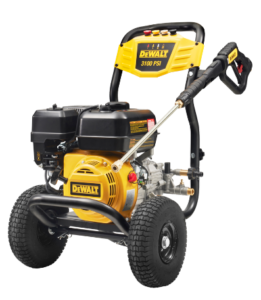
DeWalt DXPW3194 Petrol Water Blaster ($769)
- Up to 3100psi
- Up to 9.4l/pm
- 5 quick-connect nozzles
- Powder coated heavy duty frame
- 7.3m hose
High end
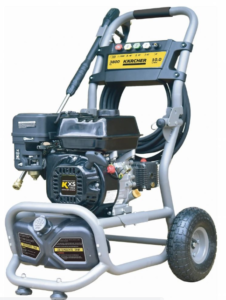
Karcher G3800 ($1399)
- Up to 3800psi
- Up to 10l/pm
- 196cc 4 stroke engine
- Stainless steel nozzles
- 15m braided hose
- High pressure makes it suitable for commercial use
Compare electricity providers with Canstar Blue
If you are looking to change electricity providers, or are unsure if you are getting the best deal, Canstar Blue can help. We rate NZ power companies for customer satisfaction and value for money, see the table below for some of the results, or you can click on the button below for the full results of our survey.
Canstar Blue’s latest review of NZ power companies compares them on customer satisfaction. The table below is an abridged version of our full results, available here.
^ By clicking on a brand or 'details' button, you will leave Canstar Blue and be taken to either a product provider website or a Canstar Blue NZ brand page. You agree that Canstar Blue NZ’s terms and conditions apply (without limitation) to your use of this service,to any referral to a product provider from our website, and any transaction that follows. Canstar Blue may earn a fee for referrals from its website tables, and from sponsorship (advertising) of certain products. Payment of sponsorship fees does not influence the star rating that Canstar Blue awards to a sponsored product. Fees payable by product providers for referrals and sponsorship may vary between providers, website position, and revenue model. Sponsorship fees may be higher than referral fees. Sponsored products are clearly disclosed as such on website pages. They may appear in a number of areas of the website such as in comparison tables, on hub pages and in articles. Sponsored products may be displayed in a fixed position in a table, regardless of the product’s rating, price or other attributes. The table position of a sponsored product does not indicate any ranking, rating or endorsement by Canstar Blue. See How we are funded for further details.
Canstar Blue NZ Research finalised in April 2023, published in June 2023.
See Our Ratings Methodology
Compare electricity providers for free with Canstar Blue!
About the author of this page
This page was written by Canstar Content Producer, Caitlin Bingham. Caitlin is an experienced writer whose passion for creativity led her to study communication and journalism. She began her career freelancing as a content writer, before joining the Canstar team.
Enjoy reading this article?
You can like us on Facebook and get social, or sign up to receive more news like this straight to your inbox.
By subscribing you agree to the Canstar Privacy Policy


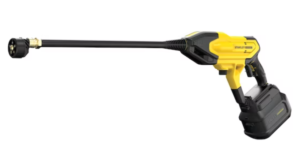
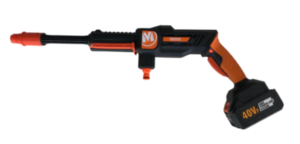
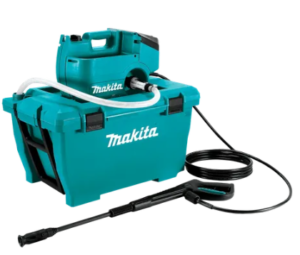
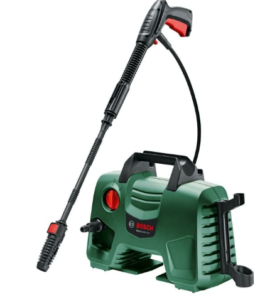
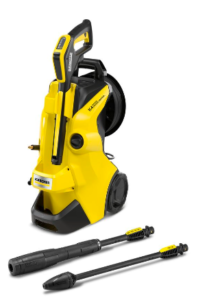
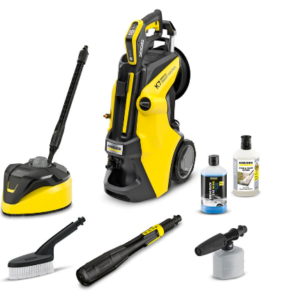
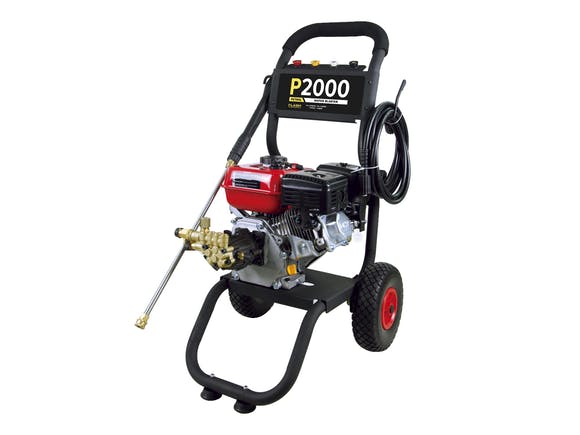

Share this article